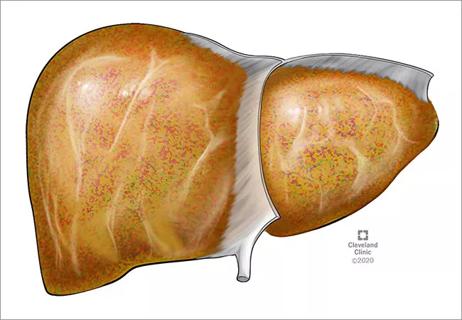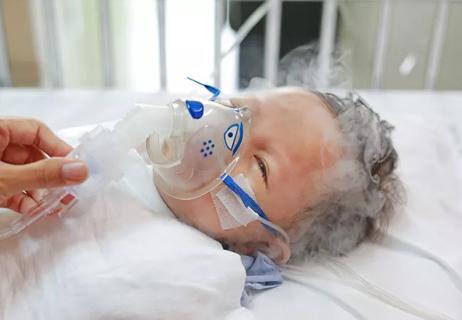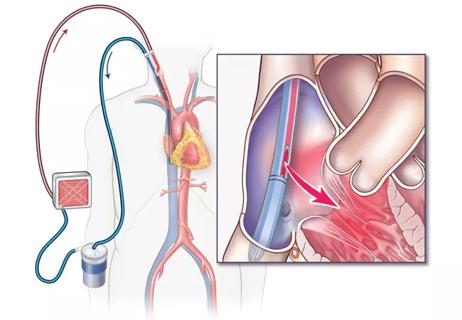Underutilization in children who experience out-of-hospital cardiac arrests highlights need for increased awareness

Cleveland Clinic is a non-profit academic medical center. Advertising on our site helps support our mission. We do not endorse non-Cleveland Clinic products or services. Policy
The emotional burden exacted by sudden cardiac death in the young weighs not only on the grieving family members, but also on the community at large. These tragic cases are fortunately rare, and predicting those young patients that are at risk for sudden death is difficult. Survival rates for pediatric-out-of-hospital cardiac arrests (OHCA) is dismal at less than 10%, with no significant improvement in the recent past.1
The use of AEDs improves survival in pediatric patients suffering from cardiac arrest. 2 For this reason, AED use is recommended by the American Heart Association (AHA) guidelines in all pediatric victims of a sudden cardiac arrest.3 However, the use of AEDs in the pediatric population remains low and likely contributes to poor outcomes in young victims, according to a study published in Pediatrics.
Using prospectively collected data from the Cardiac Arrest Registry to Enhance Survival (CARES),4 we identified 1,398 pediatric patients ( 1 – 18 years of age) with OHCA.5 AEDs were applied to only 28% of these patients prior to the arrival of emergency medical services (EMS). Looking at patient characteristics in detail, we found that the age of the child was the most powerful predictor of AED application, regardless of race, sex, location or neighborhood characteristics. Older patients (12 – 18 years of age) were 1.4 times more likely to have AEDs applied than younger patients (2 – 11 years of age). As predicted, patients with witnessed cardiac arrests in public venues were more likely to have AEDs applied prior to the arrival of EMS.
This is the largest study to examine the presence of disparities in AED application by first responders in the pediatric population. The low AED application rate of 28% is likely multi-factorial. One factor is that arrests in the pediatric age group are often assumed to be respiratory. AEDs, therefore, are not considered useful. This is certainly at odds with AHA recommendations. Although the medical community and pediatric providers are aware that AEDs are “safe” to use in the pediatric patient, many responders fear causing harm by using “adult” devices on smaller patients. Hopefully this study and others will highlight the importance of early and universal AED use in pediatric patients, and this awareness may provide momentum to flatten these obstacles.

Consider offering your patients enrollment in a leading-edge clinical study

Findings underscore need for early screening and close follow-up

Consider offering your patients enrollment in a leading-edge clinical study

Titanium dioxide nanoparticles exaggerate inflammation induced by RSV

Study supports using the direct thrombin inhibitor

Estimating risk remains elusive

The search for predictive factors continues

A conservation with Karen Murray, MD